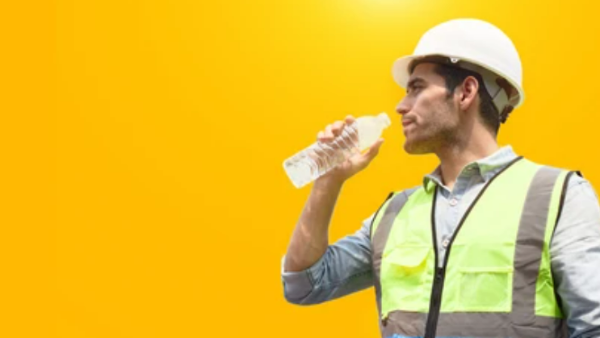How To Keep Your Construction Team Moving Through The Summer Months UK?
Working in the warm summer sunshine is what some construction employees consider paradise compared to the freezing cold UK winters. And when the sun does appear in the UK, it is unlike the heat that you can experience anywhere else in the world. It’s neither dry nor humid, it’s just good old-fashioned British weather. However, working in the heat can be classified as a somewhat health and safety nightmare. In this exclusive article, we are going to look into how to keep your construction team moving through the summer months.
Whether you are situated in the UK or anywhere in the world, all of the safety recommendations that we share in this article can be adopted to protect your team.
As an employer, you have a moral and legal duty to always protect your staff. This includes throughout the summer months when exposed to high temperatures and sunlight exposure.
The 1974 Health and Safety at Work Act states that all employers have a duty to do whatever is “reasonably practicable” to protect the health, safety, and well-being of their employees.
More recently in April 2022, there has been an amendment to the previous Personal Protective Equipment Regulations which now stems past your employees. You can discover more about this amendment here
This updated amendment now includes providing free PPE to more casual or contract worker that operates on behalf of your construction company.
Construction in the summer months comes with its risks. Most common injuries are due to staff suffering from several symptoms such as feeling too hot, fatigued, feeling tired, sweaty, sluggish and muscle cramps etc. The list goes on and on, however, with these additional factors the likelihood of an accident occurring is ever rising.
It is clear that despite our current efforts to change how we treat our planet, the types of weather that construction teams we will have to face will bring additional challenges. The number of heat-related incidents is only going to increase with the unpredictable UK weather.
What risks should you be aware of to keep your construction team moving through the summer?
First and foremost, it is important to adhere to all your standard health and safety practices that you should already have in place. It is extremely important to continue to work to these, to begin with.
It is very common, that just because it is hot, staff will be tempted to cut corners. We can all agree that most people would rather be enjoying the sun by other means than working in it. Hot UK summers do come very few and far between after all. Therefore, addressing the way you monitor and manage your teams is very important.
With additional exposure to the heat, you need to be aware of the following health risks that can occur:
- Heat stroke
- Heat exhaustion
- Heat cramps
- Melanoma
Let us have a close look at the symptoms of each of these health risks and the actions you should take. (Advice taken directly from NHS website)
Heat exhaustion & heat stroke
Signs or symptoms of heat exhaustion:
Heat exhaustion is not usually serious if you can cool down within 30 minutes. If it turns into heatstroke, it needs to be treated as an emergency.
Symptoms of heat exhaustion:
- a headache
- dizziness and confusion
- loss of appetite and feeling sick
- excessive sweating and pale, clammy skin
- cramps in the arms, legs and stomach
- fast breathing or pulse
- a high temperature of 38C or above
- being very thirsty
What to do next?
If someone is showing signs of heat exhaustion, they need to be cooled down.
If someone has heat exhaustion, follow these 4 steps:
- Move them to a cool place.
- Get them to lie down and raise their feet slightly.
- Get them to drink plenty of water. Sports or rehydration drinks are OK.
- Cool their skin – spray or sponge them with cool water and fan them. Cold packs around the armpits or neck are good, too.
Stay with them until they’re better.
They should start to cool down and feel better within 30 minutes.
Symptoms of heat stroke
Call 999 if you or someone else have signs of heatstroke including:
- fast breathing or shortness of breath
- a fit (seizure)
- loss of consciousness
- not responsive
Heatstroke can be very serious if not treated quickly.
Put the person in the recovery position if they lose consciousness while you’re waiting for help.
Call 111 if…
You or someone else have signs of heatstroke including:
- feeling unwell after 30 minutes of resting in a cool place and drinking plenty of water
- not sweating even while feeling too hot
- a high temperature of 40C or above
- feeling confused
You can call 111 or get help from 111 online.
Ways to avoid heat exhaustion or heat stroke
There’s a high risk of heat exhaustion or heatstroke during hot weather or exercise.
To help prevent heat exhaustion or heatstroke:
- drink plenty of cold drinks, especially when exercising
- take cool baths or showers
- wear light-coloured, loose clothing
- sprinkle water over skin or clothes
- avoid the sun between 11am and 3pm
- avoid excess alcohol
- avoid extreme exercise
This will also prevent dehydration and help your body keep itself cool.
Keep an eye on people with long-term health conditions (like diabetes or heart problems) because they’re more at risk of heat exhaustion or heat stroke.
Heat cramps
Signs and symptoms of heat cramps:
Leg cramps happen when a muscle in the leg shortens and causes a sudden pain that can make it hard to move.
The cramps can last from a few seconds to 10 minutes.
They can affect the:
- calf muscle, below the knee at the back of the leg
- muscles in the feet or the thighs (less often)
After the cramp has stopped, the muscle might feel sore for up to 24 hours.
What to do next with heat cramp
Stretching and massaging the muscle may ease the pain during a cramp, although most cramps go away without you doing anything.
Paracetamol or ibuprofen can help to ease muscle soreness after a cramp, but they will not help when it’s happening as they take too long to work.
Causes of heat cramps
- ageing
- putting too much strain on muscles during exercise, which can be worse in hot or humid weather
- pregnancy (usually in the later stage)
- certain medicines, for example medicine for lowering cholesterol (statins) or high blood pressure (diuretics)
- not drinking enough fluids (dehydration)
- liver disease because of too much alcohol
Seek further medical advice if:
- you also have numbness or swelling in your legs
- cramps last longer than 10 minutes
- you have any other symptoms or concerns
Melanoma
Melanoma is a type of skin cancer that can spread to other organs in the body.
Signs and symptoms
The most common sign of melanoma is the appearance of a new mole or a change in an existing mole.
This can happen anywhere on the body, but the most commonly affected areas are the back in men and the legs in women.
Melanomas are uncommon in areas that are protected from sun exposure, such as the buttocks and the scalp.
In most cases, melanomas have an irregular shape and are more than 1 colour.
The mole may also be larger than normal and can sometimes be itchy or bleed.
Look out for a mole that gradually changes shape, size or colour.
Prevent melanoma
Melanoma is not always preventable, but you can reduce your chances of developing it by avoiding getting sunburned (even going pink in the sun).
Most people get sunburned while on holiday abroad, or in the UK during the summer while doing outdoor activities such as gardening, sunbathing or playing cricket.
On these occasions you need to be very careful, particularly if you have pale skin and many moles.
You can help protect yourself from sun damage by using sunscreen and dressing sensibly in the sun.
For more information on these conditions please visit the https://www.nhs.uk/ website.
How to protect your team and keep them moving safely
The best way to assist your construction team during the heat of summer is to create a sun protection strategy. A sun protection strategy can help protect and to keep your project moving forward.
When you are constructing your own heat protection strategy you will want to consider the following points:
- Increase the size of your team, to reduce the workload per employee. If you have more staff, then you can continue to work consistently with the ability to offer additional rest and cooling periods throughout the day
- Changing working times to avoid the hottest parts of the day. Wherever possible, you should enforce your team to avoid the sun at its hottest times. In the UK this is from the hours of 11 am-3 pm. However, always check the latest weather update to determine your decision.
- Offer adequate breaks in a sheltered area that is suitably shaded areas where your team can rest and rehydrate frequently throughout the day.
- Provide shelter over working areas, wherever possible.
- Ensure that your team has access to an abundance of water. This could be a running tap, or if working far more remotely, some type of water supply. This will help with dehydration.
- Keep a close profile on any staff that have allergies and may require medical assistance if they are bitten by one, or multiple insects that are more common in summer.
- Invest in industry-leading equipment with operator comforts to protect from sun and heat exposure.
In what ways does industry-leading machinery help with protecting construction staff in heat.
Protecting your staff and keeping them moving is vital to ensure you keep on track with your project. In some cases, this may require further investment in either your staff or additional PPE for your team. One aspect you can control from the get-go is operator comforts and added safety features on the equipment you hire.
Choosing quality plant hire equipment that offers comforts such as open /closed cabins or air-conditioned cabins can all make a huge difference to your team’s overall productivity throughout the summer months.
The evolution of brand-new machinery has an emphasis on protecting operators and maximising productivity. Choosing to hire new equipment from a reputable supplier can make all the difference. Opting to access a fleet that supplies young and low-hours machinery, will allow you to be as efficient as possible.
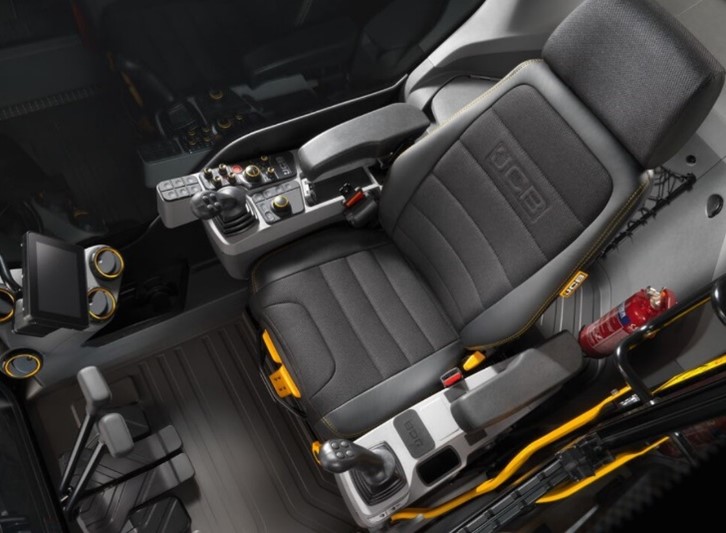
Equipment examples to help keep your team moving through summer
Cabbed excavators
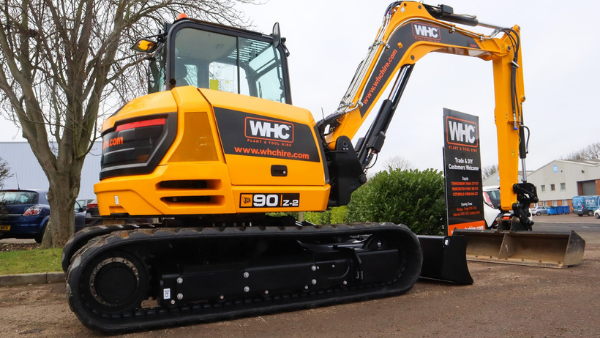
Welfare units
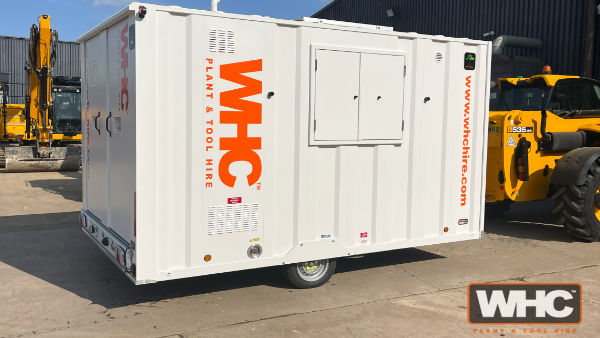
Portable air con units
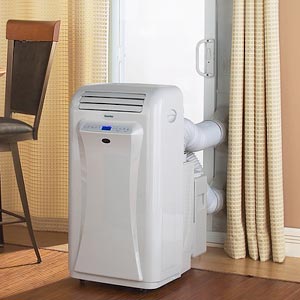
Heavy duty fan
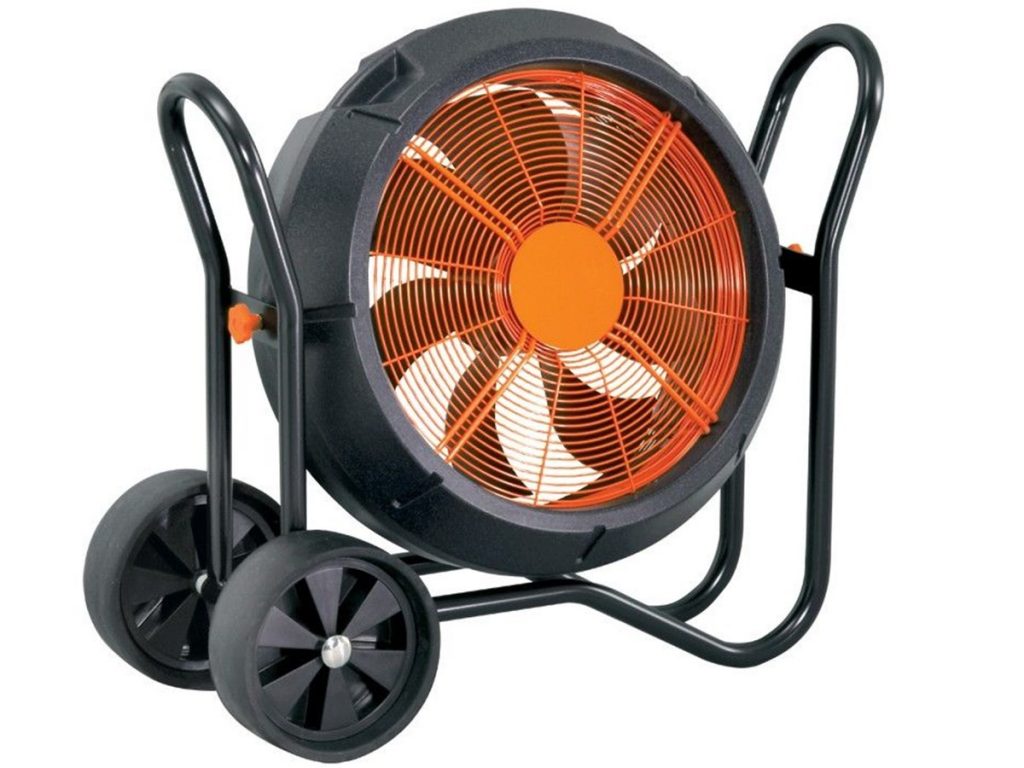
Where to find equipment to help your construction team keep moving during summer.
WHC Hire Services specialises in the supply of large plant and tools to businesses, civil engineers and the public throughout the Midlands, Cotswolds and South-West. Our passion, quality, commitment and care for the environment are the foundations of what we stand for. WHC Hire offers a wide range of equipment all of which are no more than 48 months old and offer low hours. With constant investment into the quality of our fleet, we can provide our customers with the latest, safest and most productive (especially in the heat) equipment to get the job done.
Discover our online catalogue by clicking here or speak to one of our team to help you get started with hiring your necessary equipment. 01684377977

